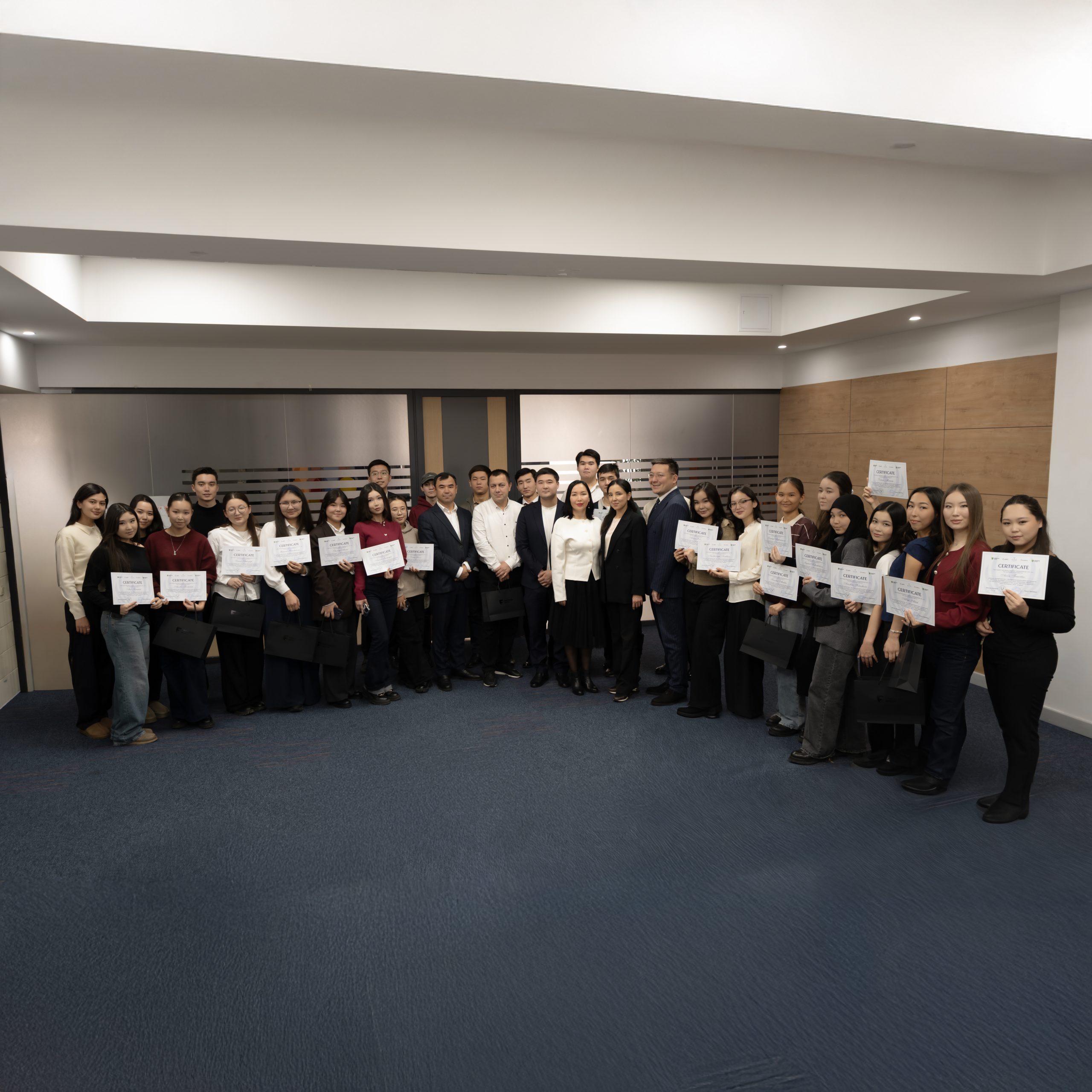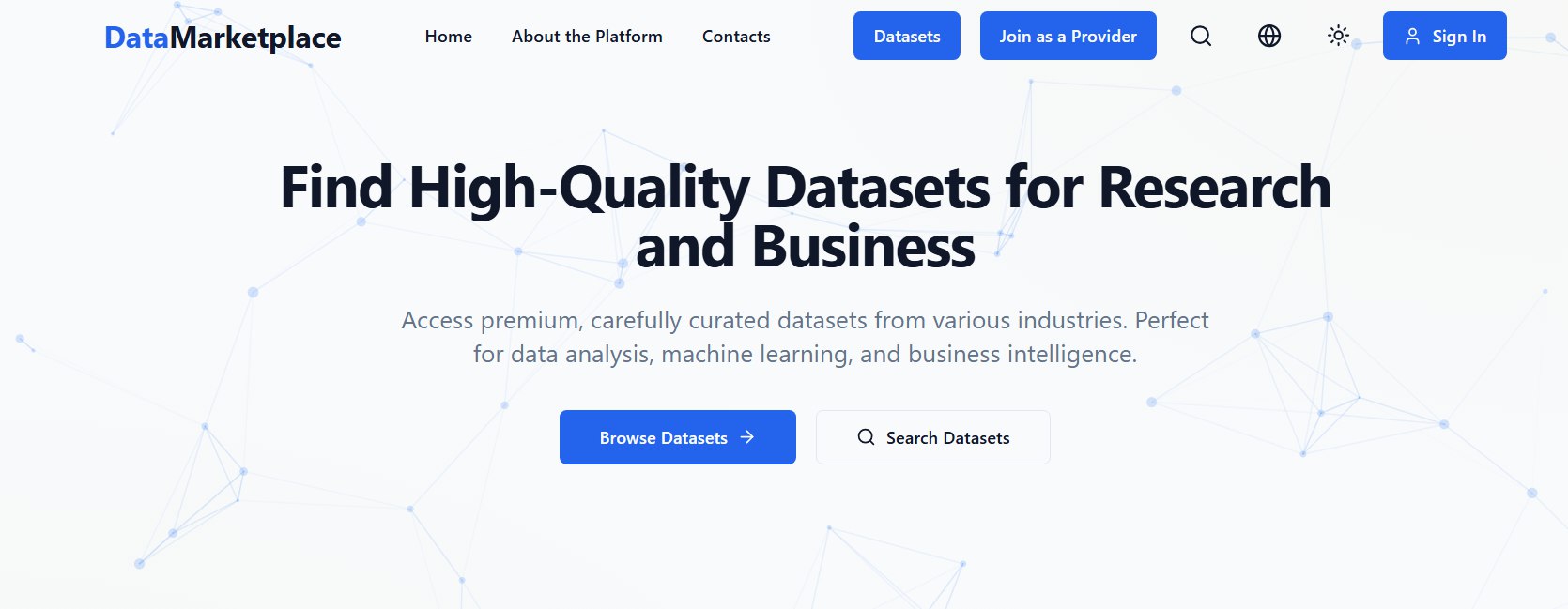How to achieve sustainable economic growth of countries and enterprises? Article written by K. Kelimbetov and A. Van de Putte
Kazakhstan can accelerate GDP growth up to 2% – this can be reached from the development of renewable resources and recycling goods. The New Silk Road has the potential to accelerate the development of trade, economic growth and sustainable development of all countries as a part of the initiative. This was stated in a joint article, which was written by AIFC Governor K. Kelimbetov and AIFC Chairman of the Academic Council A. Van de Putte, it was published in the journal of the Chartered Institute for Securities & Investment (CISI).
The article examines the role of capital market of the New Silk Road countries in the development of the digital economy and the promotion of sustainable economic growth in the era of the fourth industrial revolution.
The term “New Silk Road” was used for the first time by A. Van de Putte, G. Davis and W. Chiew Chik in a 2006 World Economic Forum report and it implies a project that connects China and Western Europe along 2500 km of railway lines passing through Kazakhstan. Shipping of commodities and bulk goods, over the New Silk Road significantly reduces delivery time and logistics costs. For instance, transporting goods from Western China to Central Europe via the Trans-Siberian Land Bridge will require less than 14 days, by sea – up to 45 days, while transferring through Kazakhstan will only take from 8 to 10 days.
The authors of the article define the fourth industrial revolution (4IR) as an impetus in order to achieve sustainable economic growth of countries and enterprises. It stimulates the growth of digital commerce, the demand for which it has increased significantly in the modern market system. At the same time, the Astana International Financial Center (AIFC), has two sub-ecosystems, which will create a dynamic and innovative financial ecosystem that is ready to compete in the conditions of fourth industrial revolution.
The first sub-ecosystem includes players in the traditional financial sector, such as commercial, private banks, investment banks and insurance companies. Their main goal is to provide financial products and financial services to the country’s economy and society as a whole. The second sub-ecosystem consists of startups, technology entrepreneurs and other companies, focused on the most important technological aspects of 4IR, such as blockchain, cybersecurity and artificial intelligence.
According to a 2016 McKinsey Global Institute study, digital commerce and digital finance present great growth potential, primarily for emerging markets along the New Silk Road. It is able to provide countries:
• access to financial services for 1.6 billion people;
• annual GDP growth of $ 3.7 trillion by 2025, an increase of 6%;
• about 95 million new jobs in all sectors, an increase of 3.5%.
Nevertheless, there are some risks, which include the growth of social inequality due to job cuts after automation and the use of artificial intelligence, increased cybercrime, prejudices in the field of artificial intelligence, and the overall stability of the global financial system.
According to the Boston Consulting Group, global wealth now exceeds US $200 tn and, since the 2008 global financial and economic crisis, this wealth has struggled to find bankable projects anywhere in the world. When investing in dynamic markets, investors use the Morgan Stanley Capital International (MSCI) Emerging Markets Index. The index consists of 24 countries and represents 13% of world market capitalisation. Most developing countries are currently not part of the MSCI Emerging Markets Index and need to explore ways to upgrade from frontier to emerging market status, which will provide a number of advantages, in particular, increased capital inflows, enhanced liquidity and reduced cost of capital resulting from increased trading volumes.
The article also focuses on the development of SMEs, whose key advantage for the country’s economy is flexibility and dynamism compared to large enterprises. SME development requires access to finance, but in most developing countries there is no capital market for SMEs. There are at least five benefits for developing countries to develop an SME market:
- It provides access to equity capital to scale the business beyond what would be possible through venture capital (VC) funding;
- It provides exit options for VC firms. Therefore, VC firms are more likely to provide risk capital at earlier stages of the SME development;
- A listing often requires SMEs to bolster corporate governance, including the recruitment of independent nonexecutive directors. A well-composed board will help SMEs identify viable strategic growth options beyond those that typically the founders were able to identify,
- Over time, a lower cost of capital which in turn will help the SME to grow more sustainably;
- Increased visibility to a diverse group a stakeholders, which could result in additional revenue growth.
In the study, the authors propose to direct the funds received from increasing liquidity and equity to the development of renewable resources and the processing of secondary raw materials, which will provide up to 2% of the additional annual GDP growth in countries rich in natural resources.
The growth of value added through the integration of the supply chain and the development of physical and digital infrastructure is proposed as another area of financing. The study also notes the need for the introduction of modern technologies for more efficient use of infrastructure.









